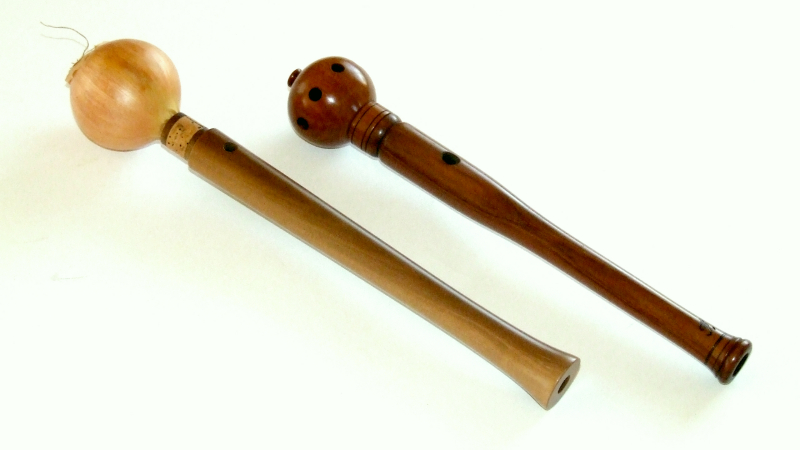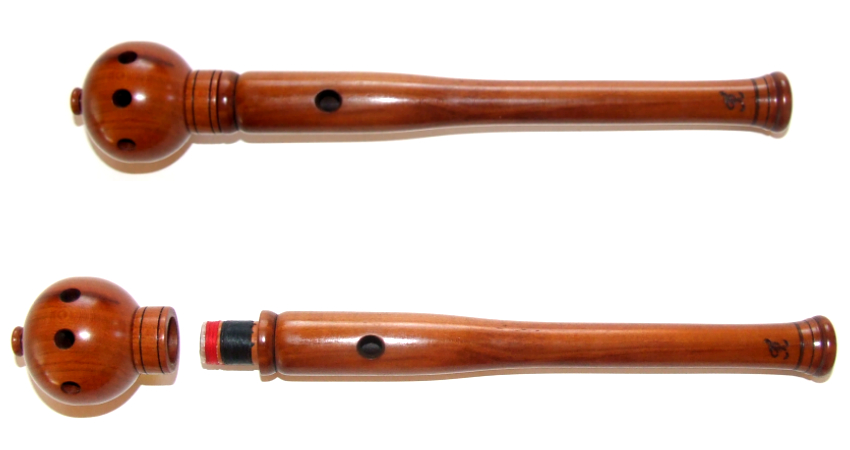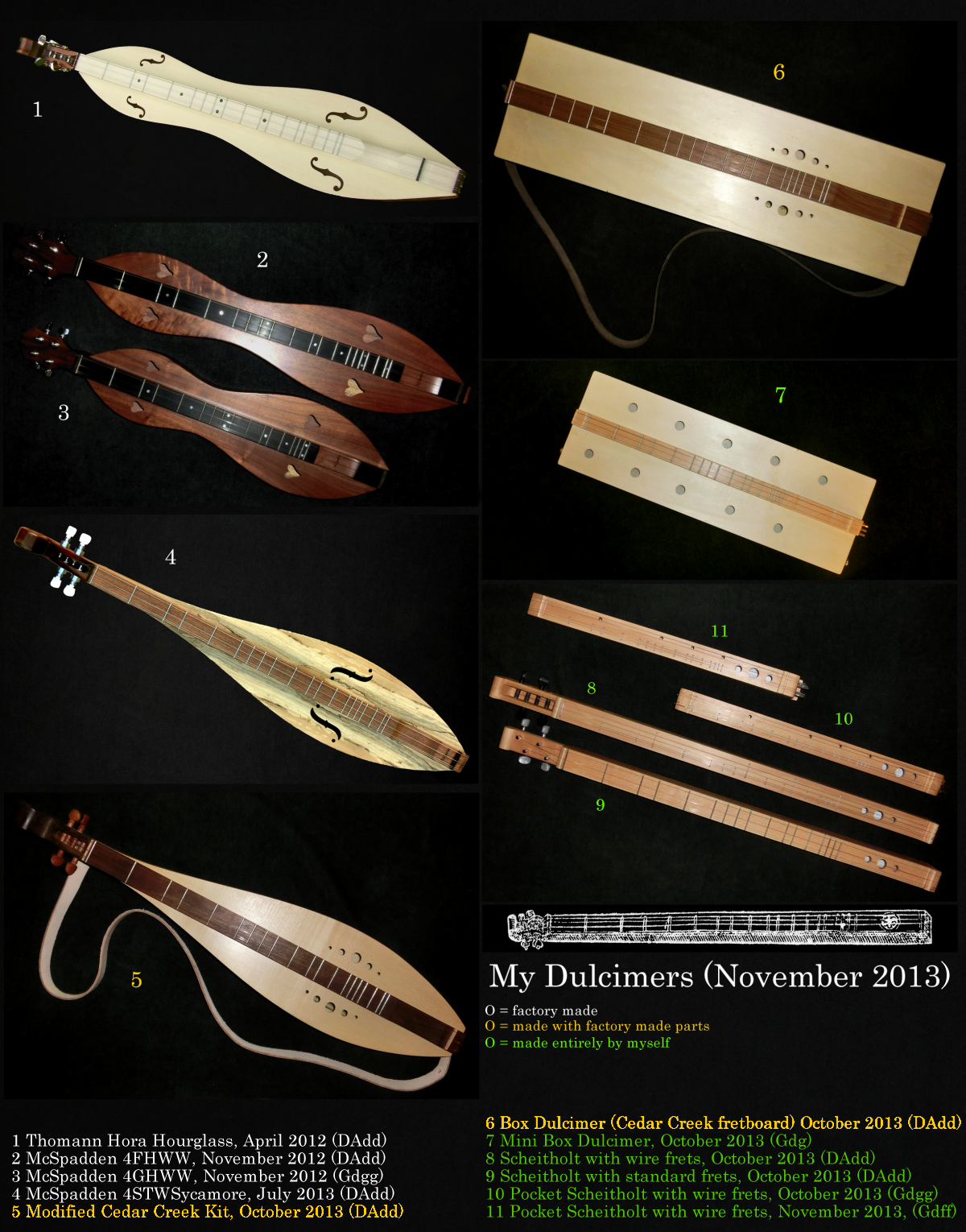Recent acquisitions...
Instruments- discuss specific features, luthiers, instrument problems & questions
All of these four McSpadden Dulcimers have one thing in common: they all were made by Richard Stoltze.
When I bought my first Mountain Dulcimer from The Dulcimer Shoppe in October 2012, it was the first time I heard of Richard Stoltze. He was the maker of my beautiful 4FHWW with ebony fretboard (the one on the very right). Still today I am happy about the perfect craftsmanship, the beautiful black walnut wood and most of all of the warm and clear sound.
I know that many hands work on a McSpadden dulcimer. Anyway, there's always one responsible maker who puts the instrument together. The surname "Stoltze" is probably related to the German word "Stolz" which means "pride". You can be very proud of all the great instruments you made during your working life. They still make thousands of people happy. Thank you, Richard Stoltze 🤗
Recently I bought three pre-used McSpadden dulcimers. All of them are in very good condition. I want to be able to lend a good instrument to interested people. From left to right you can see:
FM12-W No. 17745, no date given
T34-W No. 29808 July 1994
SH12WW No. 48864 June 2005
4FHWW/e No. 57739 October 2012


 , you could add
, you could add



 t
t






 )
)